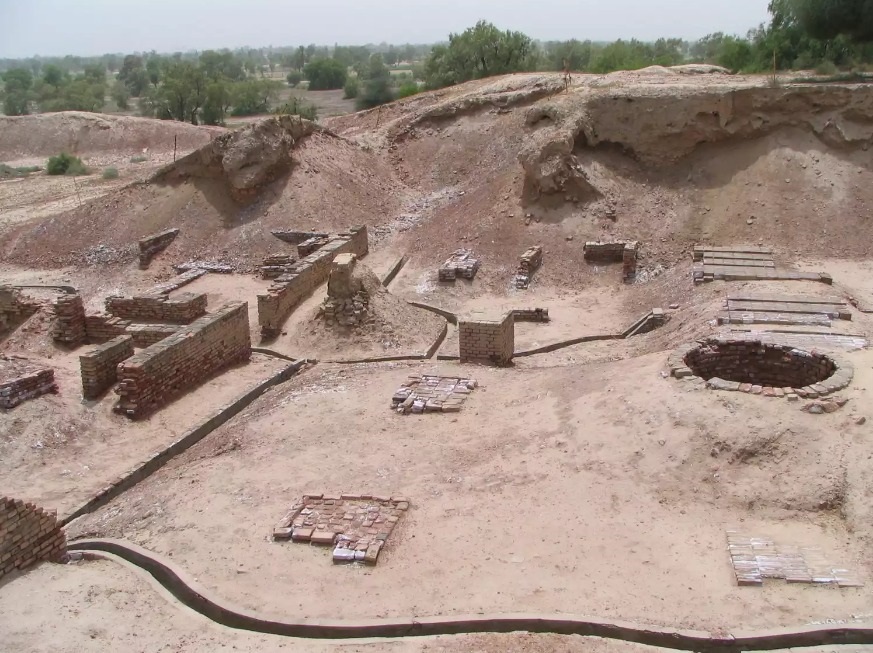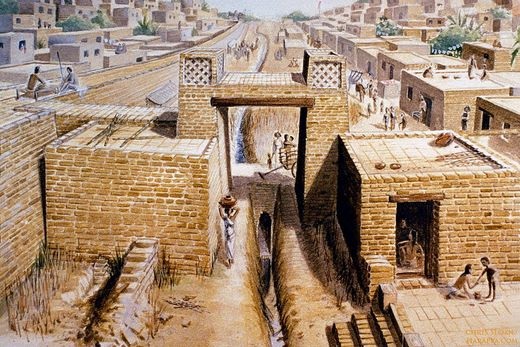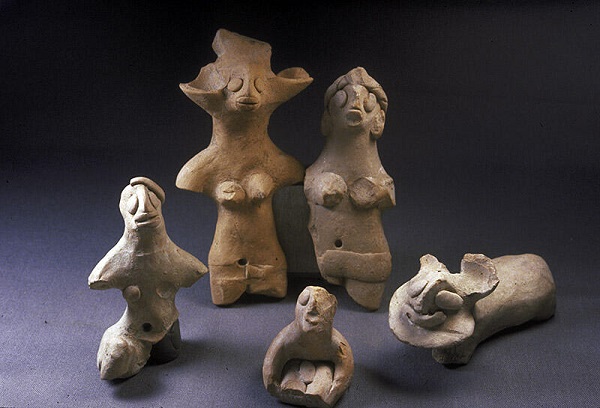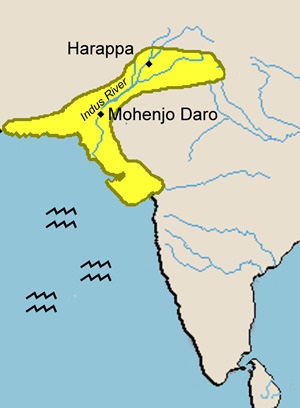Written by: Syed Hamza Raza
Posted on: February 23, 2023 |  | 中文
| 中文
Harappa
When we hear the term ‘Indus Valley Civilization’, Mohenjo-Daro instantly comes to our mind as we associate the ancient city of Sindh to this civilization. What we tend to ignore is Harappa, the Bronze Age city located in Punjab, which was the basis of the Harrapan Civilization that later came to be known as the Indus Valley Civilization.
Situated in the Sahiwal district and the present-day city of Harappa, this once glorious urban centre has a history of over 5300 years. When put in perspective, this makes the indigenous culture of the Indus older than that of the ancient Egyptians and Mesopotamians. It was first discovered in the 1800s by Charles Masson, a British army deserter, who was masquerading as an American engineer. It was first excavated by Archeological Survey of India, led by Rai Bahadur Daya Ram Sahni in 1920-21. At the time it was simply reported as a ruined city, however, after numerous excavations and extensive research, archeologists and historians found that this civilization has its proximate roots in Mehergarh, a Neolithic archeological site situated in Baluchistan, dating back to 6,000 BC. The small villages alongside the river Ravi in Harappa are said to be the first human settlement in the Indus Valley Civilization, dating back to 3300 BC.

A view of brick and rammed earth homes and streets of Harappa, Pakistan (Picture credits to Atif Gulzar)
The fertile lands in Harappa provided an ideal environment for agriculture, while the river Ravi supplied the water for irrigation. Moreover, animal husbandry, hunting and fishing were the other primary occupations for the inhabitants of the valley. The earliest village infrastructure featured small mud-brick buildings. Skilled artisans honed their skills in a plethora of crafts: pottery, copper and bronze stuff, and the making of exotic ornaments from semi-precious stones and marine shells. As the settlement became more established, it also gained special status as a crossroads for trade between the highlands to the west and north, and the vast alluvial plains to the east and south. The Harrapans had a vast trading system with inhabitants of the Mesopotamia, especially Elam, the areas that now comprise of Iran and Iraq. What started initially as a small fishing village then grew into a town, and eventually went on to become one of the largest cities of the Indus Valley civilization.
The urban centers of this civilization had its own administrative, ritualistic, and residential buildings, constructed primarily of baked brick and equipped with intricately designed drainage facilities for removal of wastewater and rainwater. The people living in the cities developed expansive trade networks for obtaining raw materials, distributing foodstuffs and finished goods. Specialized technologies of metalworking, lapidary and ceramics were perfected to make elaborate ornaments and specialized tools that were used locally or traded to distant lands. A highly standardized system of stone weights was developed for trade, and possibly taxation. These weights were used in all the settlements of the Indus Valley, and many have been found at sites in Oman and even in Mesopotamia. All this represents the economic, cultural and political integration of such a civilization that was twice the scale of ancient Mesopotamia or Egypt.
As of now, much has been made of the exterior and infrastructure of Harappa. But what about the inhabitants who resided in this city? Apart from what has been previously discussed about the aboriginal people’s expertise, the art of yoga is displayed on many Indus seals alongside certain symbols that later are implemented in the iconography of Buddhist and Hindu ritualistic art: fish designs, the stepped cross, and the pipal leaf design are just a few examples of these. Many of the technologies, such as bead making and shell working, and even many architectural forms were assimilated in the later cultures of the subcontinent. The standardized system of weights, whose foundation was laid in the Indus cities, went on to be used during the subsequent Early Historic Period around 300 B.C., and remains in use in traditional trading even today. This shows how the pre-historic culture of this settlement has left an imprint on the culture of the Indian subcontinent. Regarding the language of this civilization, the people of Harappa had a distinct writing system, known as the Harrapan or Indus script, which was used on various objects, from seals to pottery. It must be pointed out, however, that archeologists and linguists have yet to decipher this ancient writing system.
There was no centralized system of governance in the whole Indus Valley Civilization, but it has been inferred from the studies that the different cities of the civilization had some form of authority. It is not clear whether power resided with oligarchs, hereditary rulers or there was any other form of government.
It is not clear how a developed civilization like Harappa was destroyed; available evidence suggests that it was wrecked by natural causes such as climate change. Diseases, lack of rainfall, floods or decreasing water in rivers may have prompted the inhabitants to settle somewhere else on the Indus, such as Gujrat or Ganga-Yumana. There is no concrete evidence to suggest that it was ruined by invaders; although, around 15% of the skeletons studied from Harappa had signs of injuries on them.
This, and so much more, provide more than enough reasons to one day visit this magnificent site and a beacon of our indigenous South Asian culture. It remains clear that although the people of this city are no more, the ruins and artifacts of this civilization remain, and are waiting to be explored and discovered by not only Pakistanis but history buffs from all over the world.



You may also like: